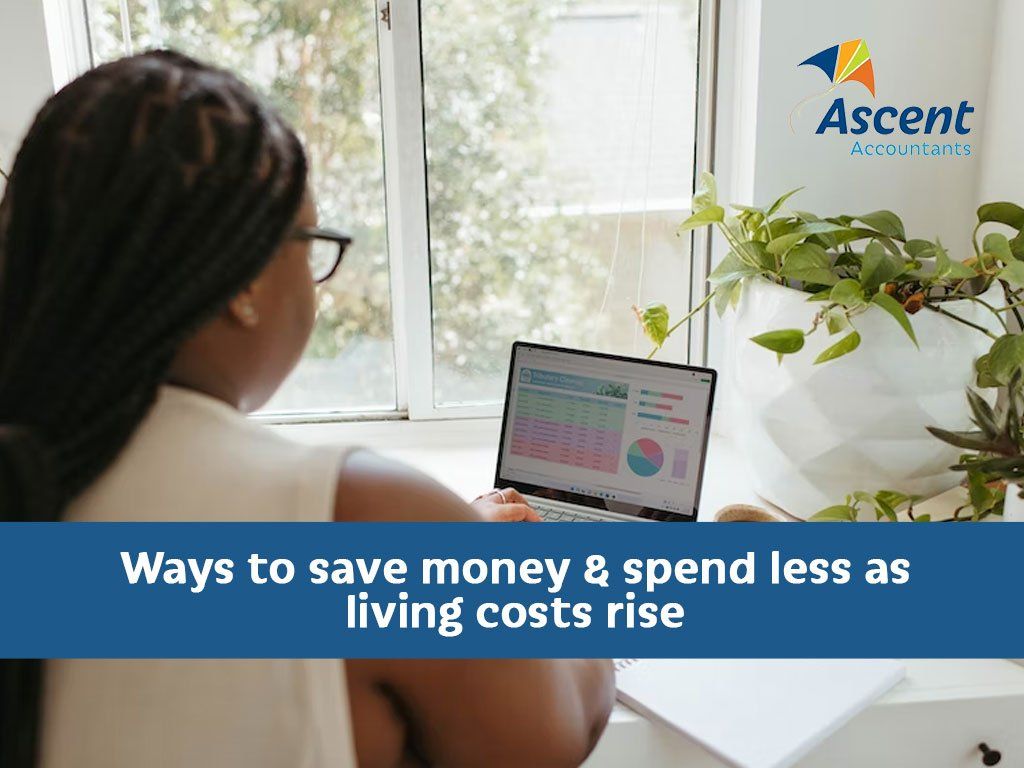Ways to save money & spend less as living costs rise

Feeling the pinch from ever-increasing living costs? You’re not alone. Many West Aussies are looking for ways to spend less and save more without totally giving up the lifestyles they love. Rising fuel prices, household bills, and mortgage repayments are making that tricky, especially seeing as wage increases don’t seem to be climbing anywhere near the same rate.
If your family budget is taking a hit, here are three easy habits you can explore to save more and spend less.
Review your mortgage.
Home loan repayments represent about 30% of a household's expenses, so let’s start here. Now more than ever, it pays to explore different options that can help you better manage your mortgage commitments. For starters, you can negotiate a better interest rate with your existing bank. Banks hate losing clients — especially when there’s a mortgage in play — so they’re usually pretty receptive to discussing your repayments.
At Ascent Accountants, we can also arrange free Loan Health Checkup through our associate, Justy Jenson from JF Services Pty Ltd. Justy can compare your current interest rates, and if your rate is not competitive, he’ll advocate for a better rate on your behalf. In doing so, he can provide options that better suit your financial needs and discuss debt consolidation to reduce monthly commitments. Get in touch and we’d be happy to set this up for you, or we can send you a Health Checklist.
Choose preloved.
Long gone are the days when secondhand wares, fashion, and furniture were reserved for those in need. Australia is enjoying a massive thrifting movement, and if you’re not in on it, now is the time to join. Gumtree, Facebook Marketplace, secondhand markets, preloved boutiques, and thrift stores make purchasing secondhand items easier than ever.
Aside from the fact that buying secondhand will save you a substantial amount of money, you’ll also be contributing to massive waste reduction and helping keep goods out of landfill. If you’ve never really investigated this as an option before, you’ll be pleasantly surprised at what you can find.
Put your kitchen to work.
Did you know Australians spend an average of $41.50 on delivery and takeout options every week? If that sounds low to you, then you really need to action this step.
A pretty easy way to manage your spending is by using your kitchen more for delicious homecooked meals. UberEats and Deliveroo are luxurious you can probably do without for a time, so consider deleting these off your phone to remove temptation. There are heaps of budget-friendly family meal recipes online that’ll go much further than takeout will. And, the leftovers mean you won’t need to buy lunch at work.
How can Ascent Accountants help here?
Great question! We work with trusted financial advisors who can help you organise your finances so you can maximise your savings and spend less. Contact us to talk about this in more detail — we’d love to help set you up with a reliable financial advisor that we can personally vouch for.
Need help with your accounting?








